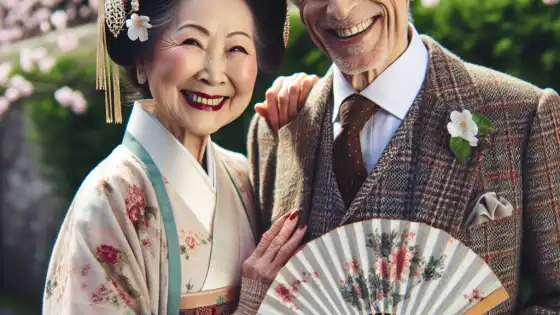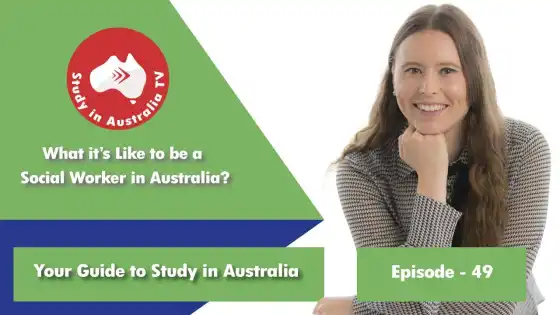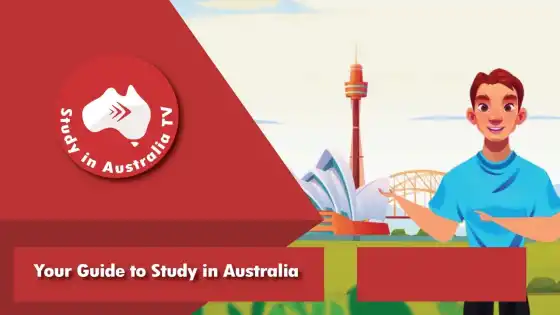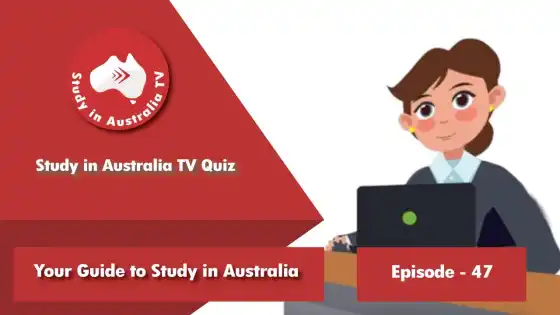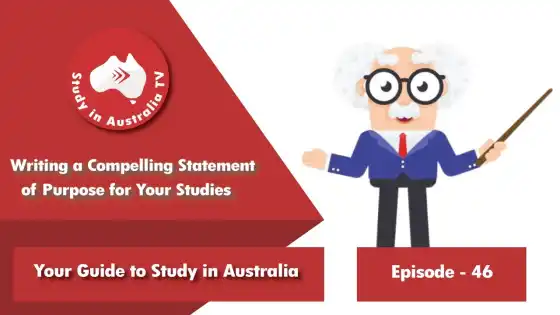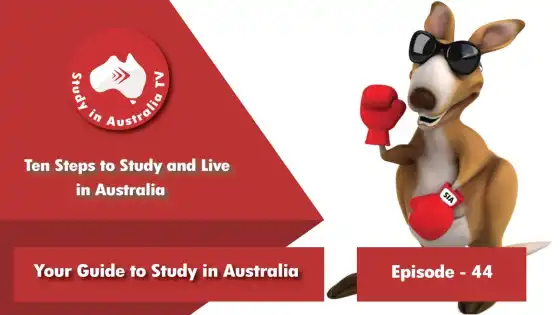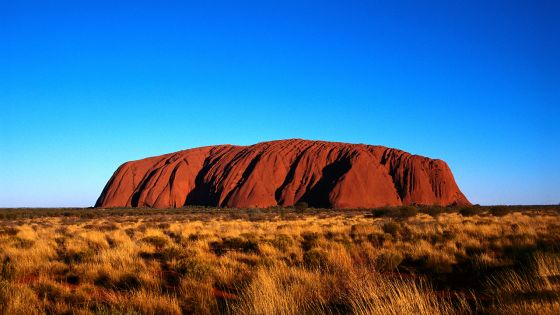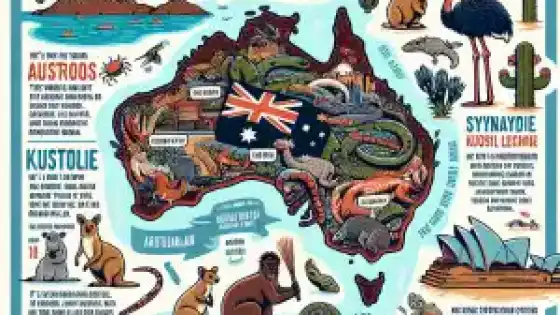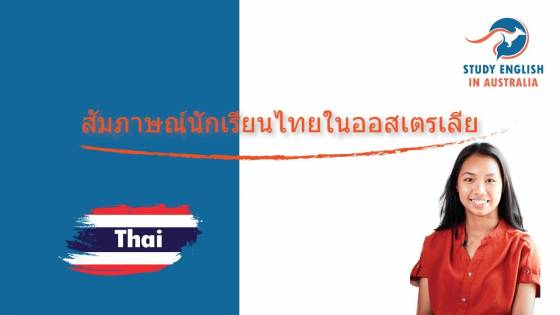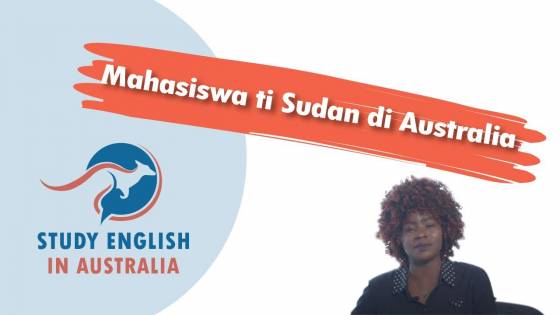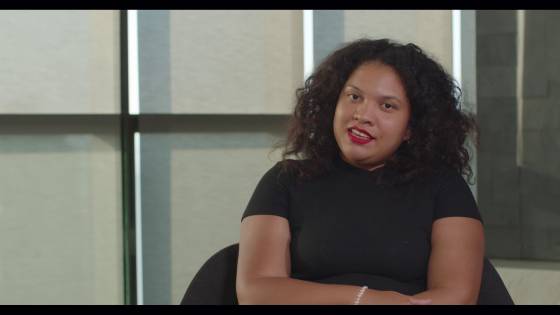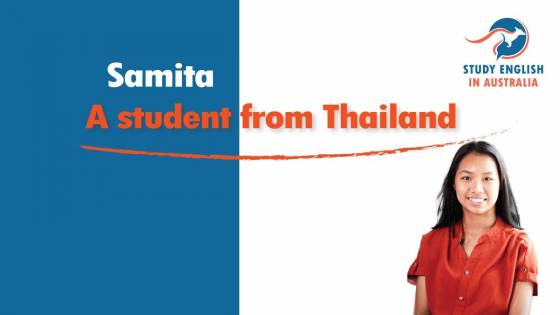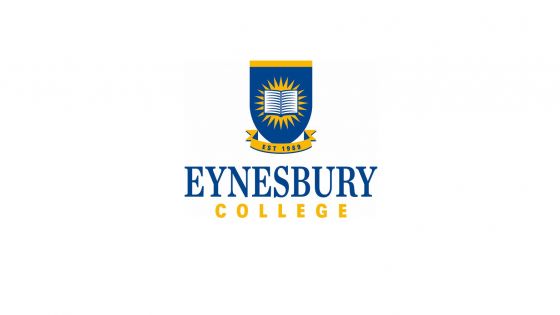Ep 1: Overview of Australia
Study in Australia Tv
Ep 1: Overview of Australia
Hi this is Hope from Study in Australia TV.
Coming to study in Australia is an exciting and rewarding experience for many international students.
To make sure you have a smooth introduction to your new life in Australia it’s important to be well prepared.
Australia is a fantastic country with a relaxed, safe, and multicultural society.
Having a better understanding of Australia will help you deal with its culture, laws, and people during your studies here.
In this Study in Australia TV episode I will cover:
• Some of Australia’s history and origins that has shaped Australia’s society
• Australia’s population and culture
• Australian climate and environment
• Australian Government structure
So let’s make a start with a bit of Australian HISTORY!
Australia’s indigenous or native population, known as Aboriginals, date back 60,000 years and are believed to have migrated to Australia via Papua New Guinea, to the north of Australia, by a land bridge that was exposed during the last Ice Age.
Aboriginals established themselves in all parts of Australia and are possibly the oldest continuous culture in human history. How amazing is that!
Before European occupation, it’s estimated the Aboriginal population was anywhere between 300,000 to one million. Their population consisted of 500 different cultural groups that spoke 250 different languages or dialects.
The Aborigines were hunters and gatherers, they moved within a broad territorial zone and took with them the few possessions necessary for hunting and preparation of food. In areas of plentiful food sources they remained in a relatively small area but in dry regions, where food and water was scarce, they travelled greater distances to hunt.
Traditional Aboriginal society is a complex network of kinship relationships, all members of the family unit have their own role and responsibilities. No formal government or authority exists, but social control is through the elders and their beliefs called the Dreaming. These beliefs are expressed in their stories, music, art, and dance. The Dreamtime stories are preserved and passed down the generations.
Some European explorers landed on the northern and western coasts of Australia, as well as Tasmania to the south, in the 1600s. But it wasn’t until 1770 British explorer James Cook first discovered and mapped the eastern coast of Australia for Great Britain, naming it ‘New South Wales’.
This British settlement was established in 1788 as a colony at Botany Bay which later became the city of Sydney. From this starting point, the colonisation of Australia grew rapidly and expanded across the entire continent.
Within the next hundred years, additional colonies were established near present day Hobart, Brisbane, Perth, and Melbourne. Great Britain sent over 160,000 convicts to Australia over the following 80 years and more settlers from Great Britain and Ireland arrived in the mid-1800s.
During this time the wool industry was established and gold was discovered. Between 1852 and 1889 about 40,000 Chinese immigrants came to Australia in search of gold.
Governing the colonies from Britain was difficult, so in 1850 the British Government gave the colonies the power to make their own laws.
By the end of the 19th century Australia consisted of six self-governing colonies: New South Wales, Victoria, Tasmania, Queensland, South Australia and Western Australia. Each colony had it’s own distinct political power with its own parliament, governor, laws and regulations.
In 1901 it was agreed that the colonies should join together, so a national government was created on January 1 1901, known as Federation. That is how Australia was formed as a united country.
In 1915 Australia entered World War I to support Britain and joined with New Zealand to form the ANZACs that fought at Gallipoli. Australia remembers the 26,000 lives lost on the 25th April each year. We call this day ANZAC Day and celebrate the brave soldiers through a national public holiday.
Almost a million Australians also fought in World War II. The Australian mainland came under Japanese attack with the bombing of Darwin and submarines in Sydney Harbour. Luckily the attack was unsuccessful from the history books.
Since WW II about 7 million new settlers have migrated to Australia and have greatly influenced all aspects of Australian society. Today, nearly one in four Australians were born overseas, so a truly multicultural society.
This brings me to tell you about Australia’s Population and Culture
More on
studyinaustralia.tv
#studyinaustraliatv
#studyinaustralia





